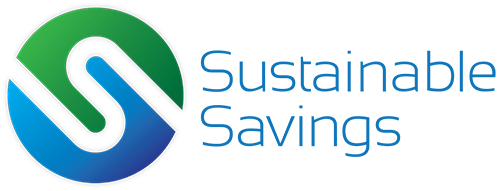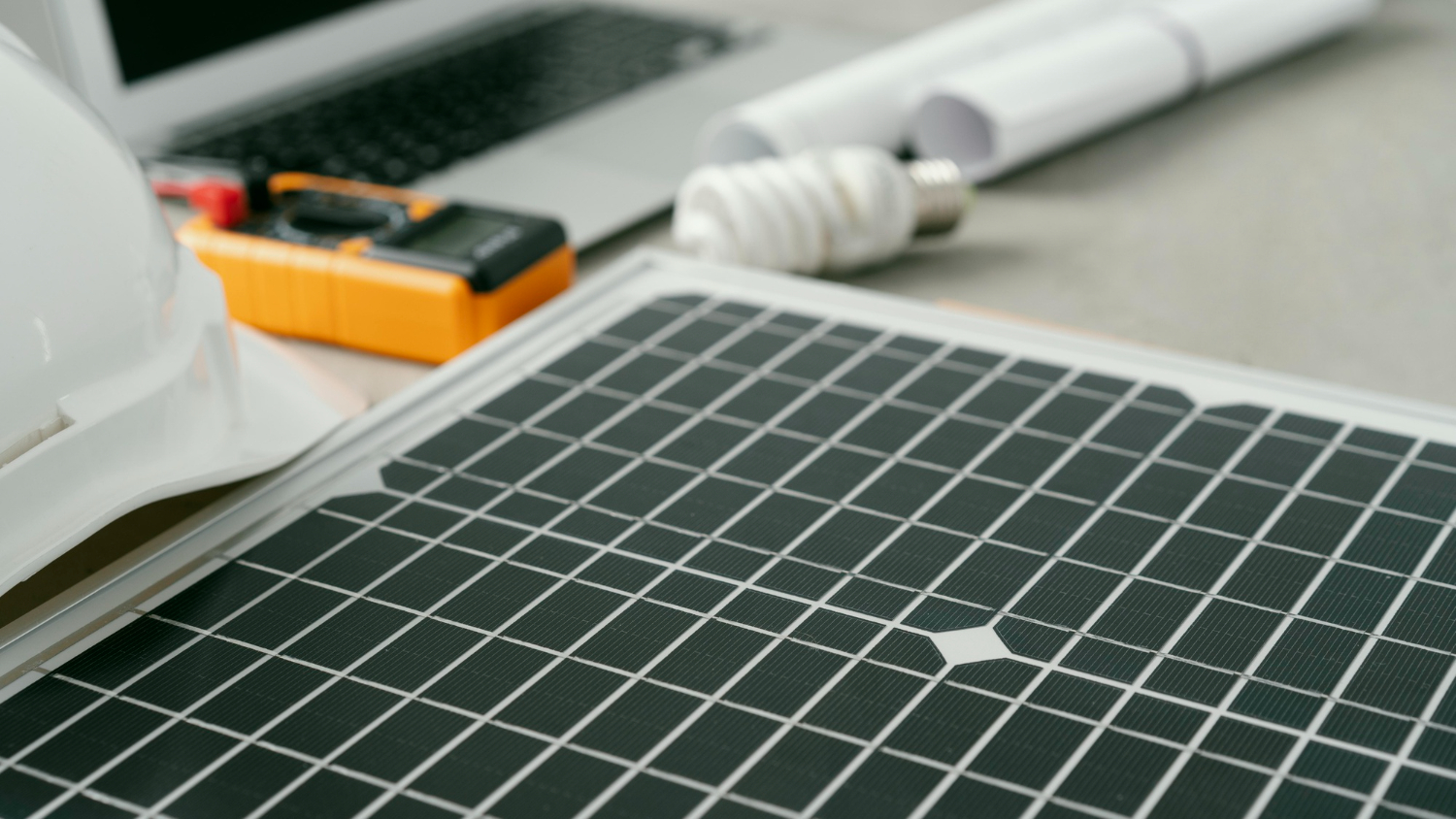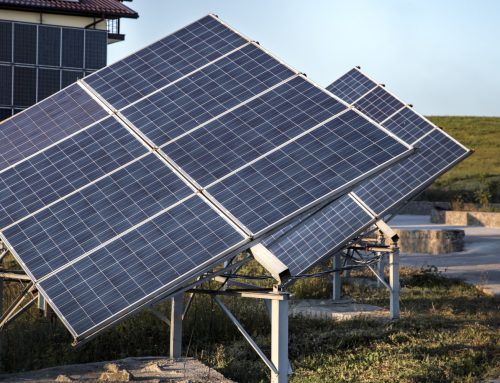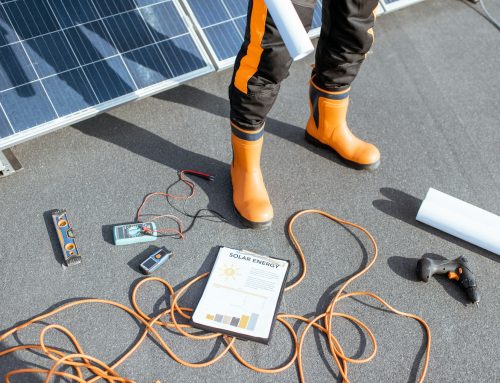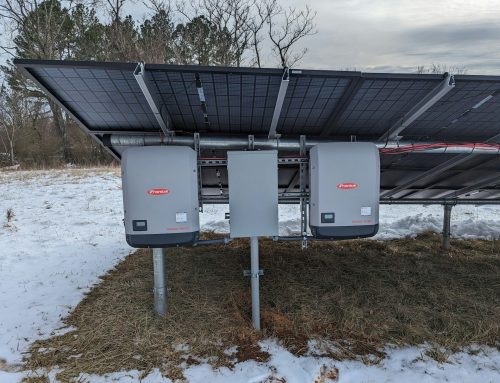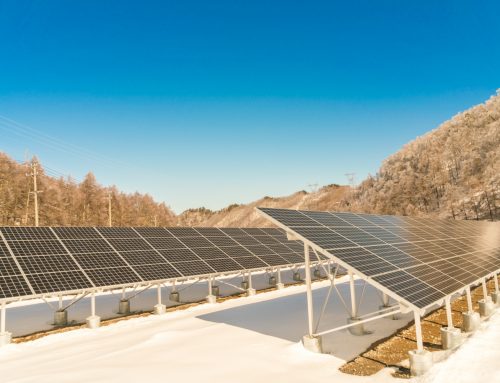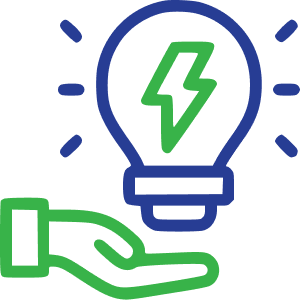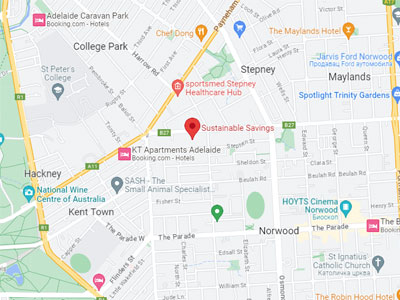When summer hits Adelaide, the heat doesn’t hold back. While long, bright days are great for solar power generation, they can also bring a challenge for solar inverters. Businesses relying on rooftop solar across large commercial facilities may notice drops in performance when the mercury soars. This isn’t always a sign of something faulty. In many cases, it’s just heat loss, something that naturally affects electronics when they’re pushed by extreme temperatures.
Heat loss in solar inverters is a real concern, especially during Adelaide’s hottest months of the year. The more sun your panels collect, the harder your inverter has to work to convert that energy into usable power. If the system isn’t prepared to handle that stress, efficiency can dip at the exact moment when output should be at its peak. Understanding why this happens and how to fix it is the first step towards keeping performance steady all summer long.
Understanding Heat Loss In Solar Inverters
Solar inverters do a lot of behind-the-scenes work. They take the direct current (DC) energy your solar panels make and turn it into alternating current (AC) you can use across your commercial buildings. When summer rolls around in Adelaide, especially during peak midday sun, those inverters can start to overheat.
Heat loss happens when the inverter generates more thermal energy than it can safely get rid of. As heat builds up inside the unit, electronic components are pushed beyond their ideal operating range. Like any electrical device, solar inverters perform best within a stable temperature window. Pushing them beyond that range puts the system under stress. The inverter will often slow itself down, sometimes called thermal derating, to protect its internal parts.
Over time, repeated overheating can age your system much faster than necessary. Capacitors wear out, solder joints can weaken, and internal boards may get damaged. Even if the inverter still works, its ability to run efficiently under peak load begins to drop. That’s not just bad news for energy output. It could mean higher operating costs and a shorter system life, which is the last thing any business wants to face.
If your solar system’s output drops when heatwaves roll in, your inverter might be telling you it needs relief.
Causes Of Heat Loss In Solar Inverters During Summer
A few things can cause your solar inverter to overheat, especially during a dry and hot Adelaide summer. Understanding these can help you pinpoint potential weak spots in your current setup.
Here are some common reasons:
1. High Ambient Temperature
Adelaide summers can bring day after day of soaring heat. If your inverter is installed in a location that tends to trap ambient heat, like a sun-drenched wall, small enclosure, or metal shed, the temperature around the device can rise far above comfort levels. That just adds to the internal heat already being created in the unit.
2. Poor Ventilation
Airflow is critical for heat dissipation. When inverters are placed in cramped spaces, surrounded by other devices or walls, airflow might be limited. Without proper ventilation, hot air lingers around the unit and builds up gradually, raising internal temperatures and reducing performance.
3. Increased Load From Summer Production
Longer daylight hours in summer mean increased solar generation. While that’s usually a good problem, it pushes the inverter to handle a heavier workload. More work means more internal heat. If systems weren’t designed to accommodate such loads, the inverter can struggle and temperature spikes become more frequent.
4. Dust Buildup and Blockages
Fine dust is common in many parts of South Australia during summer. It can settle on your inverter’s casing or ventilation grilles. Passive cooling relies on clean airflow. Blocked pathways reduce cooling efficiency, causing internal temperatures to rise even if your system is otherwise correctly installed.
More often than not, these problems stack up. A heavily loaded inverter stuffed into a hot area with minimal ventilation can show major performance drops. Taking the time to check how and where the inverter is installed, especially before intense summer days, can save your business major headaches.
Effective Cooling Solutions For Solar Inverters In Adelaide’s Summer
Keeping commercial solar inverters cool during summer is key if your business wants to avoid sudden dips in performance or unexpected shutdowns.
Here are some practical ways to improve cooling:
– Ventilation and Fans
Enhance natural airflow by ensuring that vents aren’t obstructed. If needed, add small cooling fans to create consistent air movement around the unit. A well-ventilated environment helps the inverter shed internal heat much quicker.
– Heat Sinks and Cooling Technologies
Installing heat sinks is one way to help your inverter release heat more efficiently. These external devices increase surface area and pull heat away from sensitive parts. There are other cooling tech options on the market too, including thermal pads and phase-change materials, depending on your inverter model.
– Shade and Proper Placement
Direct sunlight can be a deal-breaker. Placing the inverter in a shaded spot, like under an awning or behind a louvre screen, prevents solar radiation from pushing ambient temperatures higher than needed. Relocation can be costly, but if your current setup is suboptimal, it’s worth exploring.
– Optimised Output Management
Try spreading solar input more evenly to avoid loading the inverter to capacity during peak sun hours. Adding smart energy distribution tools or upgrading inverter specs could help ease this burden.
Each business might need a different mix of these options. Proper inverter cooling always starts by evaluating where your existing equipment sits and how much pressure it handles on high-output days.
Regular Maintenance And Monitoring
Consistent check-ups and performance tracking are practical ways to keep your commercial solar inverter in working shape, particularly when the temperatures climb in Adelaide.
– Regular Checks
Routine inspections help you catch subtle changes before they turn into big problems. Look for signs of overheating like discoloration, error messages, or erratic performance.
– Temperature Monitoring
Use monitoring software or a connected display to track real-time heat levels and inverter loads. Many modern units come with built-in diagnostics that simplify this process.
– Professional Insight
Getting help from an energy specialist isn’t just smart; in most cases, it gives you insights that software can’t. Professionals can identify installation issues, assess airflow, and offer correction strategies that extend your system’s life.
By being proactive and consistent, you ensure problems are caught early, avoiding almost all surprises when the summer heat is at its harshest.
Ensuring Long-Term Performance In Adelaide’s Climate
Adelaide’s high-sun climate can be a blessing for solar output but a burden for your solar equipment. Long-term performance is about integrating smarter strategies during design, installation, and retrofitting.
Not all inverters are built equal. Investing in high-quality solar inverters that are engineered for hot weather pays off. These models use better-grade materials and smarter layout designs to reduce heat stress right from day one.
Think about placement too. Avoiding reflective surfaces nearby, using heat-resistant fixtures, or integrating sensor-based airflow controls helps reduce localised heat around the inverter.
Planning for long-term performance means future-proofing your solar setup. It reduces risk and gives your system the breathing room needed to perform well over the years, even when Adelaide’s summer gets hotter than expected.
Maximising Solar Efficiency This Summer
If your commercial solar system seems to work less effectively the moment summer kicks in, you’re not alone. Every bit of lost efficiency is avoidable with the right approach. When taken seriously, each of these actions helps your commercial solar setup stay consistent and strong even during the hottest days of the season. Adapt to the conditions, be vigilant with temperature data, and work with a team that understands South Australia’s unique environment. Your system will thank you with stronger, longer-lasting performance.
Ensure your solar system keeps running at peak performance through the hottest months by investing in high-performance components. Explore our range of solar inverters in Adelaide, built to withstand local summer conditions and support your long-term energy goals. At Sustainable Savings, we tailor every solution to suit your commercial energy needs.
